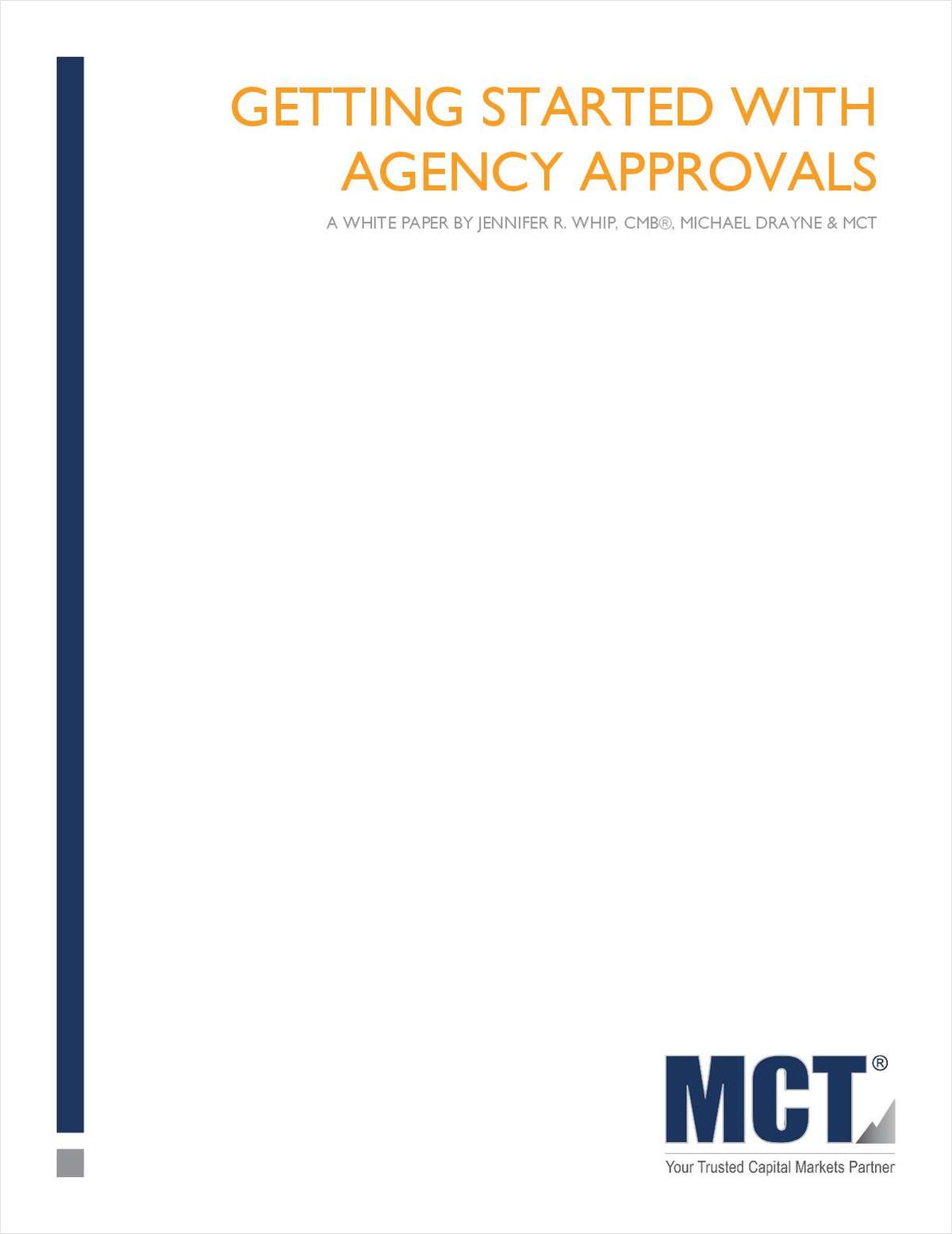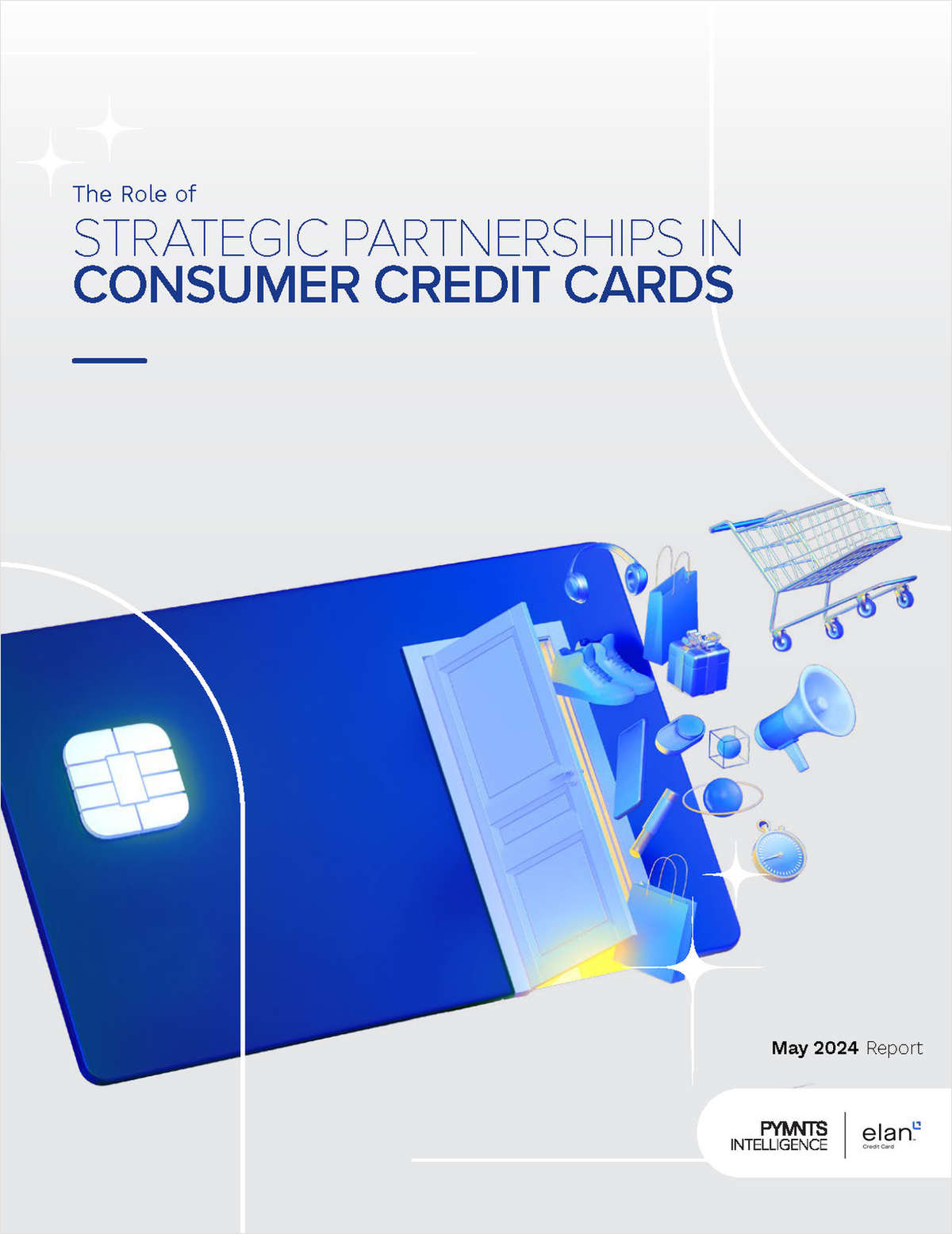Tightly compacted spreads have become a new reality for creditunions. And if Chairman Bernanke's plan to leave interest ratesuntouched through 2013 holds true, credit union leadership willhave no choice but to exercise their creative muscles.
|Much of what keeps those muscles atrophied is a fear ofintroducing fees – even fair ones. New, better and outside-the-boxproducts and services almost always come with a cost to financialinstitutions.
|How to recoup that cost is the question that impedes innovationtoday. That's because many believe the simplest way to finance anew product or service is through the implementation of fees – atactic that is off the table for many credit unions afraid ofalienating members.
|Of course, this fear is not unique to credit unions; it's aliveand well in community bank board rooms, as well. The financialindustry has become its own worst enemy where fees – even nominalones charged for exceptional products and services – areconcerned.
|Today's consumers have been trained (by the financialinstitutions themselves) to expect these products and services tobe free. Many have gone so far as to protest financial institutionsfor charging fees, an act national media are happy to expose to aneven wider audience of consumers.
|This national distaste for fees didn't happen overnight, andmuch of the attitude stems from the hundreds of financialinstitutions that have made “free” a central part of theirmarketing messages. The old adage “You can't get something fornothing,” has largely been laid to rest by megabanks happy toprovide the illusion of “free” (and then cover their losses withthe kind of behind-the-scenes penalties that brought down the heavyhand of regulation).
|Credit unions, however, are in an enviable position. Asmember-owned institutions, their members not only have an interestin protecting their own pocket books; they also benefit from acredit union that knows how to bring in the revenue.
|As well, credit unions understand the value in not pursuing an“all things to all people” strategy. Whereas mega banks are chasingdown mega numbers, credit unions are working to find the rightmembers that will not only value the cooperative, but will embracethe spirit of it.
|Therefore, the introduction of new products and services will bemuch easier to pull off at a credit union, the membership of whichwill be more amenable to paying a fair price for a valuableaddition to their financial lifestyle.
|So what are these value-added products and how much are memberswilling to pay for them? The answers will, of course, be differentfor every credit union and will depend greatly on the creditunion's strategic plan. Here are a few ideas, however, that some ofthe financial institutions are working to implement.
|Identity Theft Protection
|When members understand that identity theft causes personallosses up to $5,000 on average – and that it can take as many as130 hours for an individual to resolve – they become veryinterested in learning how to protect their identities. By offeringidentity-restoration products, credit unions are able to protecttheir members and their institutions from financial losses. As acherry on top, the product is priced low enough that credit unionscan to use it to develop a completely new source of income.
|Credit and Debit Cards
|Upping transactions is the name of the game in today's cardsspace. Offering user-friendly rewards for shopping members andphoto cards for teen members, for example, are each tactics thatcan not only increase credit and debit card usage; it can also be atremendous source of new revenue when priced right. Why not chargea fair price for a personalized debit card? Remember what consumersused to pay for vanity checks? And that was years ago.
|Dynamic Currency Conversion
|International visitors to our country have the same need forcash as Americans. Yet a trip to the ATM is hardly as simple forthem. Fluctuating exchange rates and posting dates make the mentalmath more than most want to confront. By building a dynamiccurrency conversion program into an ATM network, financialinstitutions provide a valuable service to travelers and –depending on the location of the ATM network and the fee scheduleassigned – the institutions stand to capture a sizable chunk ofrevenue.
|These are only three examples of many that credit unions canexplore. The key is to first uncover what's currently missing fromyour product or service lineup.
|What are the pain points your members consistently complainabout and how can you alleviate that stress? For credit unions, thesolution will provide a two-fold benefit for members: 1) filling avoid in their everyday lives; and 2) building a strongercooperative. When true value is present, fair fees are absolutelypossible.
|To be sure, there will be criticism from some. But these arevery likely the folks who view financial services as a commodityand want everything for free. Credit unions have nothing to fearfrom this group, as it is not composed of target members. Thosecredit unions that avoid the temptation to be swayed by a few willultimately create the most successful – and sustainable –cooperatives.
|Jim Ghiglieri issenior vice president of corporate communications for SHAZAM in DesMoines, Iowa.
|Complete your profile to continue reading and get FREE access to CUTimes.com, part of your ALM digital membership.
Your access to unlimited CUTimes.com content isn’t changing.
Once you are an ALM digital member, you’ll receive:
- Critical CUTimes.com information including comprehensive product and service provider listings via the Marketplace Directory, CU Careers, resources from industry leaders, webcasts, and breaking news, analysis and more with our informative Newsletters.
- Exclusive discounts on ALM and CU Times events.
- Access to other award-winning ALM websites including Law.com and GlobeSt.com.
Already have an account? Sign In
© 2024 ALM Global, LLC, All Rights Reserved. Request academic re-use from www.copyright.com. All other uses, submit a request to [email protected]. For more information visit Asset & Logo Licensing.









